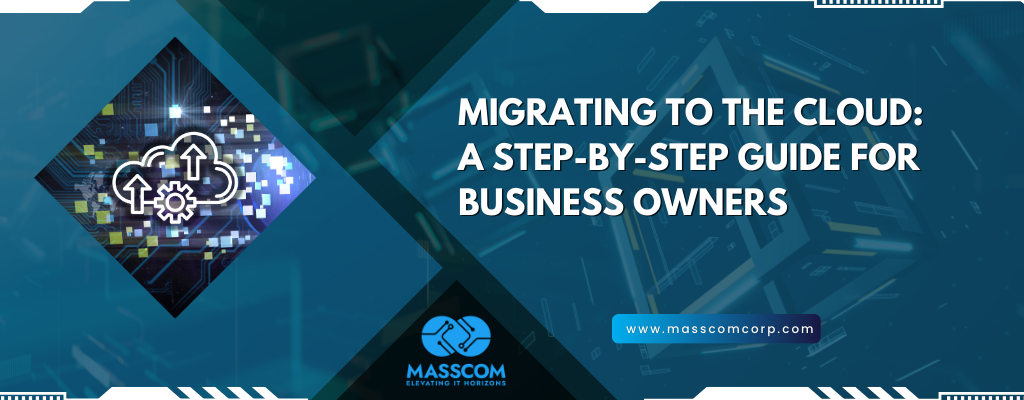In today’s fast-paced digital world, cloud migration is no longer a luxury—it’s a necessity. Businesses are increasingly moving to the cloud to improve scalability, enhance security, and reduce operational costs. However, cloud migration can be complex, and without the right strategy, businesses may face challenges in implementation.
At Masscom Corporation, we specialize in seamless cloud migration to ensure a smooth transition for businesses of all sizes. In this guide, we’ll walk you through the step-by-step process of migrating to the cloud.
Step 1: Assess Your Business Needs
Before migrating to the cloud, it’s crucial to assess your current IT infrastructure and business goals. Consider the following:
- What applications and workloads do you need to move?
- What are your security and compliance requirements?
- Do you need a public, private, or hybrid cloud solution?
Conducting a cloud readiness assessment will help determine the best migration strategy for your business.
Need expert advice? Contact Us today for a cloud readiness assessment!
Step 2: Choose the Right Cloud Model
Businesses can choose from three primary cloud deployment models:
- Public Cloud: Hosted by third-party providers like AWS, Microsoft Azure, or Google Cloud.
- Private Cloud: Dedicated infrastructure for a single organization, offering greater control and security.
- Hybrid Cloud: A combination of both, allowing businesses to keep sensitive data in a private cloud while leveraging the public cloud for scalability.
Selecting the right cloud model depends on your specific business requirements and security concerns.
Step 3: Plan Your Migration Strategy
There are multiple cloud migration strategies, including:
- Rehosting (Lift-and-Shift): Moving applications without major changes.
- Replatforming: Making minor optimizations without changing the core application.
- Refactoring: Rewriting applications to be cloud-native for better performance.
- Retiring: Eliminating obsolete applications.
Migrating to the Cloud is essential process. Developing a well-structured migration plan ensures minimal downtime and business disruption.
Let our experts guide you in selecting the best migration strategy. Contact Us now!
Lets discuss your next project
Step 4: Choose a Reliable Cloud Service Provider
Selecting the right cloud provider is critical to migration success. Factors to consider include:
- Pricing and scalability options
- Security and compliance features
- Performance and reliability
- Customer support and service-level agreements (SLAs)
Step 5: Execute the Migration
Once the planning phase is complete, it’s time to migrate your data and applications. Key steps include:
- Data Backup: Ensure all data is backed up before migration.
- Pilot Testing: Migrate a small portion of your workload first to identify potential issues.
- Full Migration: Transfer all workloads and applications in a phased approach to minimize risks.
- Monitoring & Optimization: Post-migration, continuously monitor performance and make necessary optimizations.
Step 6: Train Your Team and Optimize Performance
Cloud migration doesn’t end with deployment. Employees need training on how to use the new system effectively. Additionally, businesses should:
- Continuously monitor cloud performance.
- Implement security best practices.
- Optimize costs by adjusting resources as needed.
Ensure a smooth and secure cloud transition with our experts. Contact Us today!
Partner with Masscom Corporation for a Hassle-Free Cloud Migration
Migrating to the cloud can be a game-changer for your business, but the process requires expertise and careful planning. At Masscom Corporation, we offer end-to-end cloud migration services, ensuring a smooth and secure transition with minimal disruptions.
Thinking of Migrating to the cloud? Contact Masscom Corporation today and take your business to the next level!


